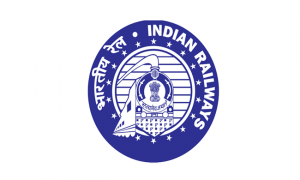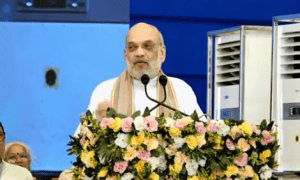Vultures – an exceptionally important species, plays the role of natural cleaners of the environment. Responsible for doing the dirty work – in the form of eating dead animal carcasses, vultures, free the environment from pathogens and toxins. However, in recent times, their population have suffered changes. The International Union for Conservation of Nature (IUCN) has classified Indian vultures as critically endangered due to its declining population.
According to IUCN, “The species is placed in the range of 5,000-15,000 mature individuals. Survey results indicate that the decline throughout the Indian sub-continent probably began in the 1990s and was extremely rapid.”
However, in a step to undo and conserve the vulture population, the Tamil Nadu Government has set-up a State level committee to work on an action plan for vulture conservation. The committee will look at ban on drugs toxic to vultures, breeding centres, vulture census among other issues centering vultures. The vulture conservation plan will potentially help in reviving the critically endangered vultures.
Issues vultures face in India
There are a total of nine vultures species found in India, of which four namely, White-backed vulture, long-billed vulture, Red-headed vulture and Egyptian vulture can be spotted in Tamil Nadu. Sigur plateau in Mudumalai, is one of the last remaining regions where vultures are found in Tamil Nadu. Other vulture species found in India are – slender-billed, Himalayan, bearded, cinereous and the Eurasian griffon.
One of the major contributing factor in declining populations of vultures is believed to be widespread use of drugs such as diclofenac (used for treating cattle), once commonly used as a livestock anti-inflammatory drug. This drug is extremely toxic to vultures. The veterinary usage of diclofenac has been banned in India since 2006. Further, the increased feral dog populations have been reported all over in India, posing many associated disease risks such as rabies to humans and wildlife. They also threaten local wildlife through direct predation, competition with other carnivores and through potential disease transmission.
Among others, vultures typically feed on dead animal carcasses and habitat loss, food security continues to be a threat that the natural scavengers face.
National Vulture Conservation Action Plan 2020-25
Launched in 2019, the National Vulture Conservation Action Plan 2020-25 was introduced to put a halt to the decline of vulture population and actively increase the number of vultures in India by 2025. The Government of India’s “Action Plan for Vulture Conservation (APVC) in India, 2020-2025” aims to create awareness among the general public about the vital role vultures play in keeping the environment clean by removing the putrefying carcasses.
The Action Plan for Vulture Conservation (APVC) in India, 2020-2025 advocates expansion of the Conservation Breeding Programme of vultures by establishing more centres in different parts of the country. Red-headed Vulture and Egyptian Vulture are also included in the breeding programme. It also takes cognizance of the causes of mortality other than veterinary drug poisoning of vulture food.




























 WhatsApp us
WhatsApp us